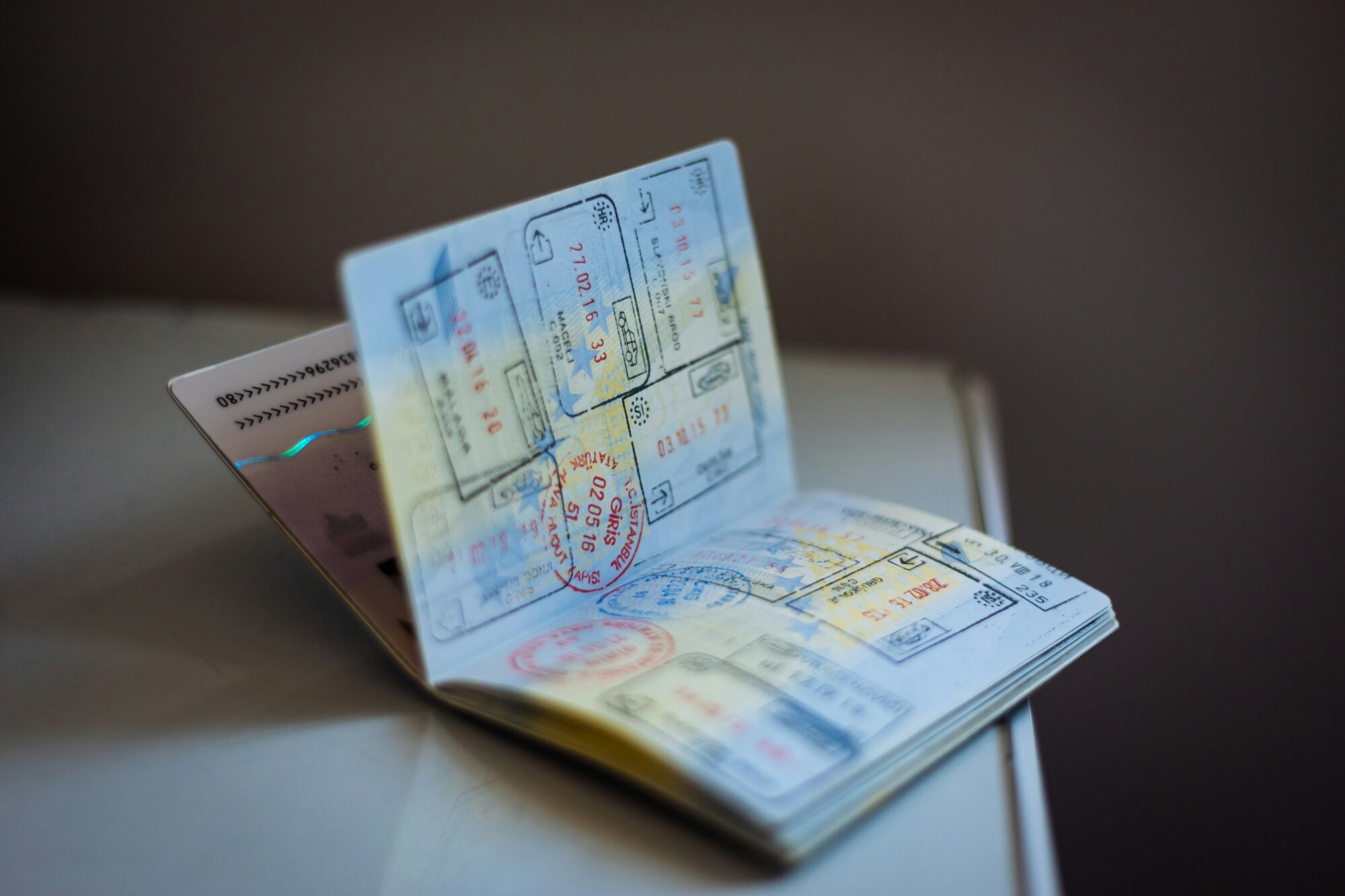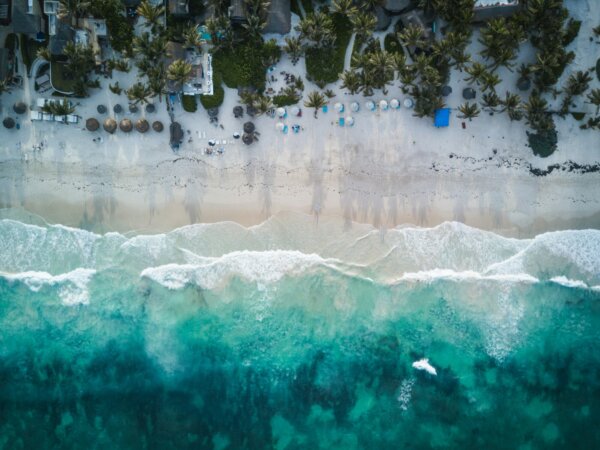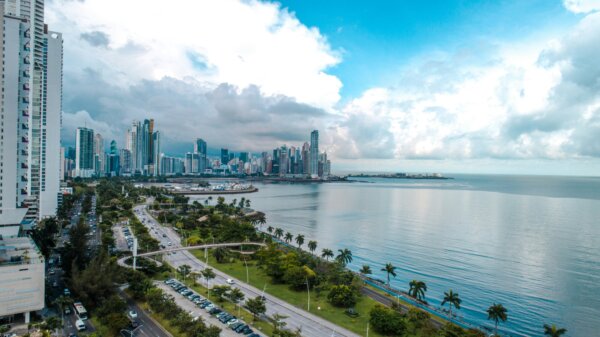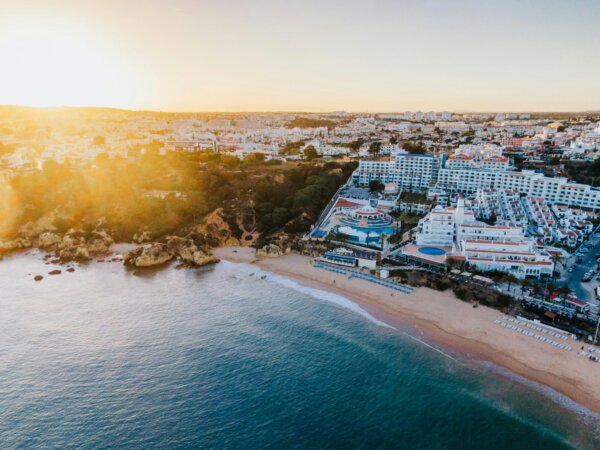Plan B Passports: Why More Americans Are Grabbing Second Residency

From online forums to airport lounges, one topic keeps bubbling up among U.S. travellers: a “Plan B” residency or passport. Once the playground of ultra-high-net-worth jet-setters, second citizenship has moved solidly into the mainstream—especially for middle-income families who work remotely and want extra options. Here’s what’s fueling the 2025 surge, plus a quick look at how the rules of the residency game are changing.
The Numbers Behind the Buzz
-
Search spikes: Google queries for “second passport” jumped roughly 5× in the weeks following the 2024 U.S. election.
-
Younger interest: One national immigration survey found 1 in 5 U.S. workers under 40 intend to pursue a second passport within the next decade.
-
Renunciations rising: Nearly 4,800 Americans gave up citizenship in 2024—about a 48 % increase from the prior year and the third-highest total on record.
What’s Driving the Rush?
| Push Factors | Pull Factors |
|---|---|
| Political polarization—many cite policy swings and public-safety worries | Global mobility—visa-free travel for work or family visits |
| Tax complexity—citizenship-based taxation and FATCA reporting | Remote-work flexibility—live where housing and healthcare cost less |
| Lifestyle & safety—desire for affordable healthcare and lower crime | Asset diversification—property or fund investments abroad |
The Golden-Visa Map Just Shifted
Portugal: Real-estate purchases stopped qualifying in October 2023; investors must now pivot to fund or cultural contributions.
Greece: Prime coastal and city zones require at least €800,000 in property investment as of August 2024 (up from €250,000 two years earlier).
Spain: The real-estate-based Golden Visa closed to new applicants in April 2025 (existing permits remain valid).
Result: applicants are exploring fund-based visas, brand-new digital-nomad permits, and lower-cost Caribbean citizenship-by-investment programs.
Second Residency on a Middle-Income Budget
Mexico Temporary Resident Visa – Roughly USD 2,700 / month income or about USD 43 K in savings; renewable up to four years.
Panama Friendly Nations Visa – US $200 K property purchase or a qualifying local bank deposit can secure permanent residency.
Costa Rica Digital-Nomad Permit – Around USD 3 K / month proven income, plus tax exemptions on foreign earnings.
Each program comes with quirks—local legal advice is essential—but all three fit comfortably within many middle-class budgets.
Key Questions Before You Leap
-
Residency vs. citizenship: Do you need a passport or simply the right to live abroad indefinitely?
-
Investment horizon: Are you willing to tie up capital for several years to meet renewal rules?
-
Exit taxes & U.S. filing: Unless you formally renounce, you’ll still file U.S. returns.
-
Family planning: Check whether parents or adult children qualify as dependents.
-
Time-in-country requirements: Some visas require days on the ground each year; others, none.
The Bottom Line
America’s passport remains powerful, but more households want a safety valve—whether for political peace of mind, tax strategy, or lifestyle freedom. As Golden Visa doors narrow and new digital-nomad lanes open, the toolkit for building a Plan B keeps evolving. Staying current on rule changes—and stress-testing total costs—is the smartest first step toward a second set of keys in your pocket.


